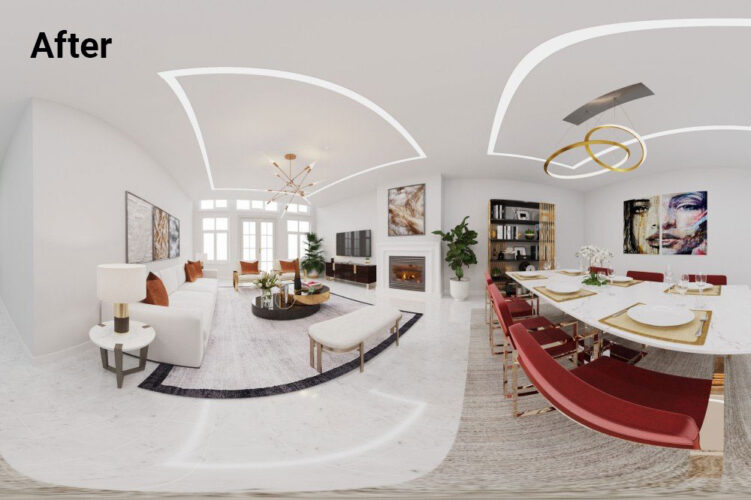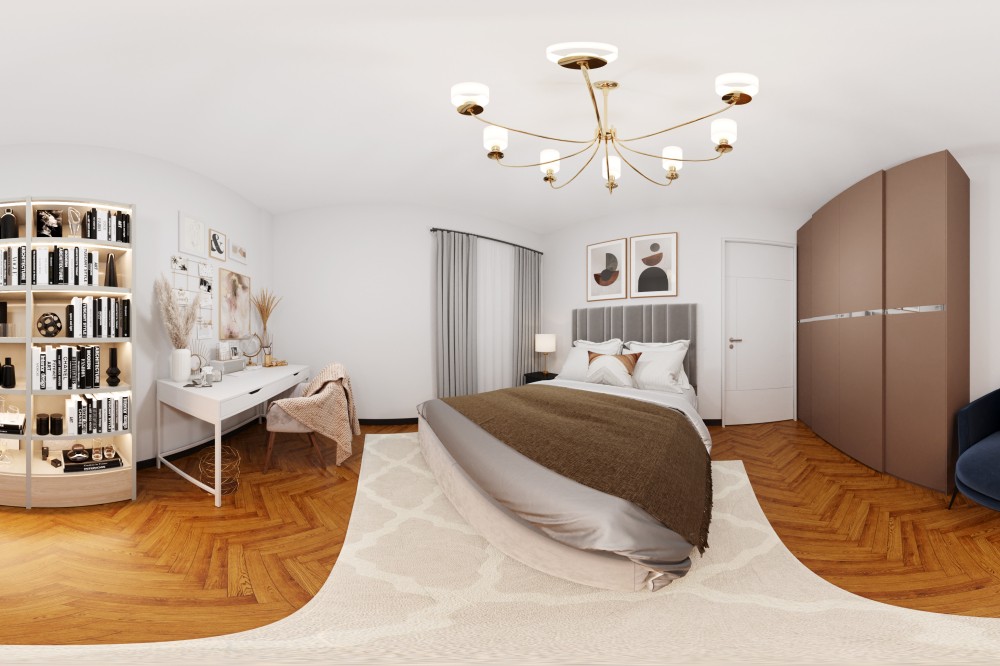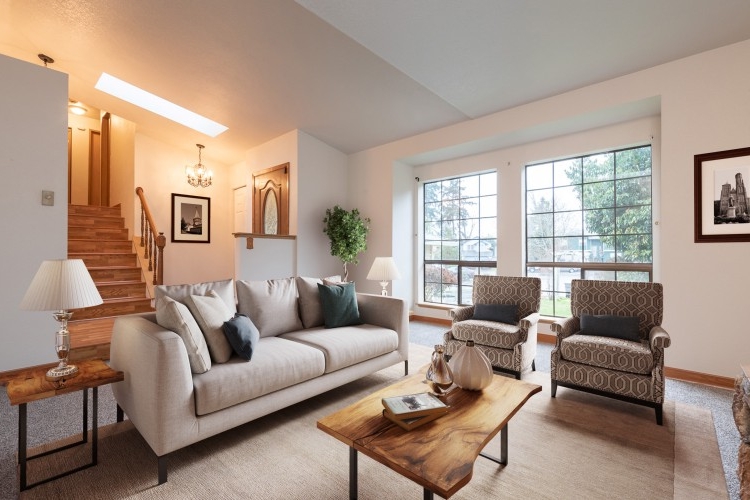Real estate photo techniques: HDR vs traditional
Real estate photography is essential in showcasing a property to potential buyers or renters. A well-captured photograph can highlight the unique features of a property and make it stand out in a competitive market. The debate of whether to use HDR (High Dynamic Range) or traditional photography has been ongoing in the field. HDR photography involves taking multiple photos of the same scene with varying exposures and merging them into a single image, resulting in a higher dynamic range and better color depth. In contrast, traditional photography involves capturing a single image with a camera, utilizing techniques like lighting and framing to create a visually appealing image. In this discussion, we will explore the differences between HDR and traditional photography in real estate and the benefits and drawbacks of each technique. Ultimately, we aim to determine the most effective approach for capturing captivating real estate photos.
HDR real estate photo definition
HDR photography is a relatively new technique in real estate photography, but it has become increasingly popular in recent years. This technique involves taking multiple photos of the same scene at different exposure levels, ranging from overexposed to underexposed. The images are then merged using software to create a final image with a higher dynamic range and better color depth than a single image captured with traditional photography.
One of the most significant benefits of HDR photography is its ability to capture a wide range of tones in a single image. This allows for a better representation of both bright and dark areas of a property, resulting in a more balanced and visually pleasing image. In addition, HDR images tend to have more detail and texture, making them more realistic and engaging.
HDR photography is particularly useful when photographing interiors or exteriors with high-contrast lighting conditions. For example, a property with large windows and bright sunlight streaming in could result in a dark interior in a traditional photo. HDR photography can capture the interior’s details and the outside view through the windows without making one area too bright or too dark.
Despite its many benefits, HDR photography is not without its criticisms. One common critique is that HDR images can appear over-processed and unrealistic if not executed correctly. Additionally, the technique requires additional post-processing time and software, which can be costly.
Traditional real estate photo definition
Traditional photography is a more established technique that has been used in real estate photography for many years. This approach involves capturing a single image with a camera using techniques such as lighting, framing, and composition to create an appealing photograph.
One of the primary benefits of traditional photography is its simplicity. Unlike HDR photography, traditional photography does not require specialized equipment or software, and the process is relatively straightforward. Traditional photographs tend to have a more natural and realistic look than HDR images, which can sometimes appear over-processed.
Traditional photography is particularly useful for properties with consistent lighting conditions and when the photographer wants to create a specific mood or feeling in the image. For example, a photographer might use natural lighting and soft colors to create a warm and inviting feeling in a bedroom.
Despite its many benefits, traditional photography may not be the best option for capturing all types of real estate photographs. It can be challenging to capture detail in both bright and dark areas of a property with traditional photography, particularly in spaces with challenging lighting conditions. As a result, traditional photographs may not fully showcase the property’s features or accurately represent the property’s condition.
Comparison between HDR real estate photo and Traditional real estate photo
The decision to use HDR or traditional photography ultimately depends on the property being photographed and the desired outcome. For example, HDR real estate photography may be the better choice for photographing a property with large windows and bright sunlight streaming in, while traditional photography may be more effective when capturing the details and character of a property with consistent lighting conditions.
When choosing between HDR and traditional photography, it is essential to consider the property’s unique features, lighting conditions, and desired outcome. If the goal is to create a more realistic and natural-looking image, traditional photography may be the best option. On the other hand, if the goal is to showcase a property’s unique features and create a visually stunning image, HDR photography may be the better choice.
It’s also worth noting that a skilled photographer can use both HDR and traditional photography techniques to capture the best possible photograph of a property. By combining techniques, a photographer can create an image that highlights the property’s features while maintaining a natural and realistic look.
In summary, the decision to use HDR or traditional photography in real estate ultimately depends on the specific property being photographed and the desired outcome. It’s important to consider the unique features and lighting conditions of the property and choose a photography technique that best highlights these features while creating a visually appealing image.



